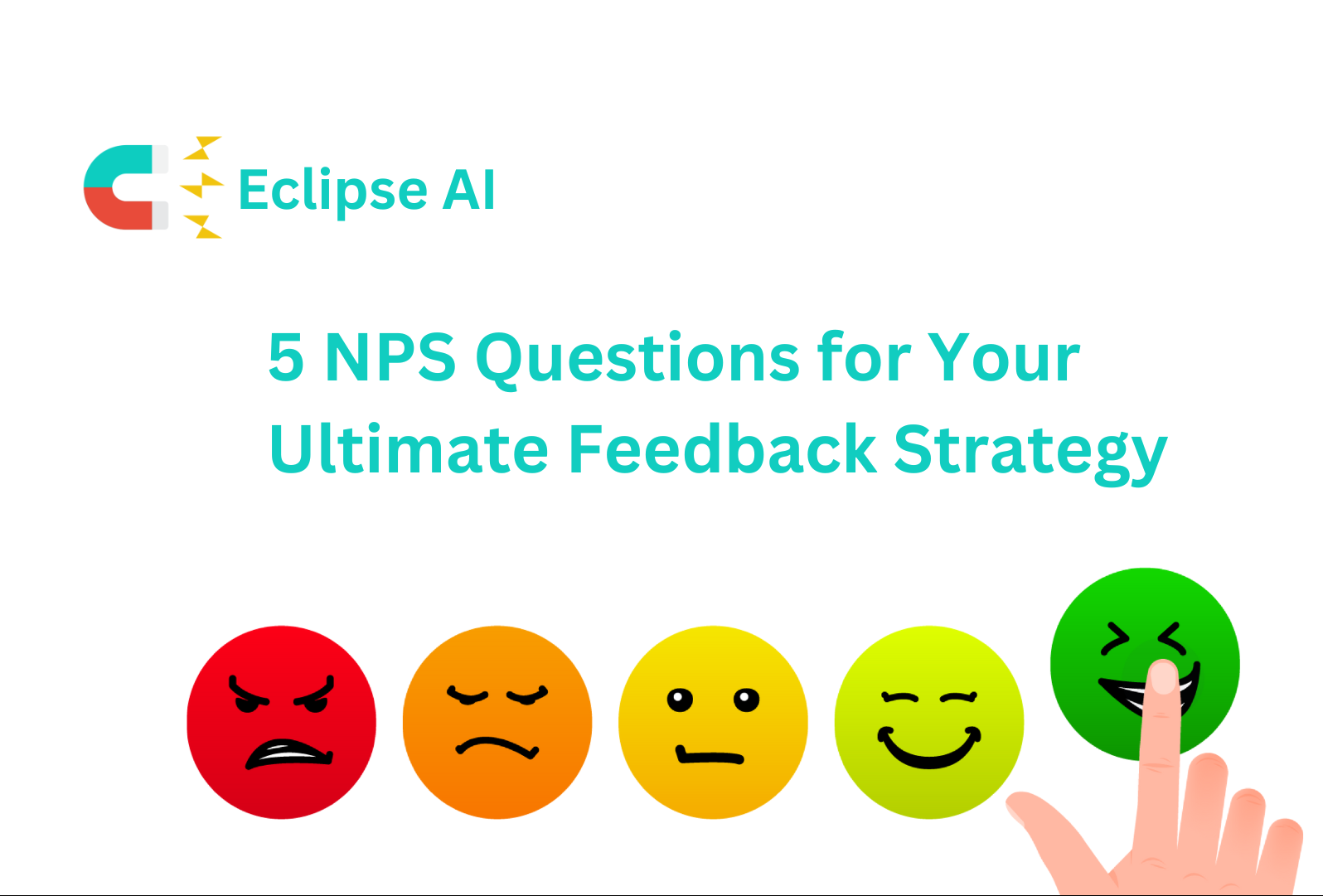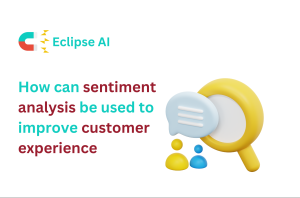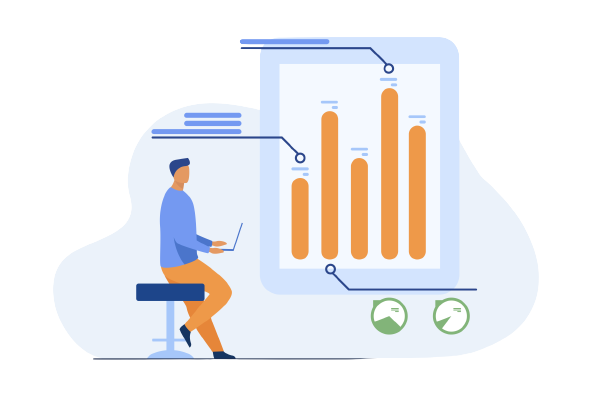
Customer Insights Across Multiple Venues: Strategies for Success
In the ever-evolving landscape of multi-venue businesses, the ability to gather and apply customer insights across diverse locations is a game-changer.

Before we jump into the questions, let’s set the stage. NPS is more than just a metric; it’s a lens through which you can view your customer relationships. It helps you differentiate between your brand promoters, passives, and detractors, providing a clear path to enhancing customer loyalty and, ultimately, your bottom line.
In a hurry? Feel free to skip ahead to the specifics you’re seeking.
Net Promoter Score® (NPS) is a widely used market research metric that gauges the loyalty of a company’s customer relationships.
With one simple yet powerful question, “On a scale of 0 to 10, how likely are you to recommend our company/product/service to a friend or colleague?” NPS cuts through the complexity to reveal the truth about your customers’ loyalty.
Here’s how it breaks down:
An NPS survey is elegantly simple. At its core, it involves asking your customers that crucial question: “On a scale of 0 to 10, how likely are you to recommend our company/product/service to a friend or colleague?” But the magic doesn’t stop there.
Following this question, the survey often includes a prompt for open-ended feedback, asking why the customer gave that score. This two-step approach serves a dual purpose: quantifying loyalty and uncovering the qualitative reasons behind the score.
On a scale of 0 to 10, how likely are you to recommend our company/product/service to a friend or colleague?
Could you please tell us why you gave that score?
What specific feature or aspect of our service makes you most likely to recommend us?
What could we do to improve your experience and make you more likely to recommend us?
What are the main reasons you wouldn’t recommend our service, and what can we do to improve?
Free Top 4 Customer Satisfaction Survey Templates
Here’s a basic framework to understand NPS scores:
For a streamlined and impactful approach to NPS surveys, here are the top 5 best practices:
Begin with the foundational NPS question to gauge likelihood of recommendation. This acts as the cornerstone of your survey, designed to elicit a direct response that quantifies customer loyalty at its core.
Deploy your survey following significant customer interactions or at regular intervals for ongoing services. This strategic timing ensures customer feedback is relevant and reflective of recent experiences, enhancing the accuracy and utility of the data collected.
Analyzing and acting upon the feedback received is crucial. It’s about diving deep into the responses to identify trends and actionable insights, then closing the loop with customers by addressing their concerns and making visible improvements based on their suggestions.
Choosing the right medium for your survey—be it email, SMS, or in-app notifications—can significantly impact response rates. Opt for the channel that aligns with your customers’ preferences and behaviors to encourage participation.
Comparing your NPS scores against industry benchmarks provides valuable context, helping to gauge your performance and set realistic goals for improvement. Use this analysis as a springboard for continuous enhancement, leveraging customer feedback to refine and elevate the customer experience.
As we wrap up our dive into the world of NPS surveys, remember, that they’re more than just a score. They’re about connecting with your customers, understanding what makes them tick, and using that knowledge to serve them better. It’s about asking the right questions at the right time, listening carefully to what they have to say, and then taking action to make their experiences even better.
So, let’s keep it simple, stay curious, and always be ready to act on what we learn. By doing this, we’re not just chasing numbers; we’re building relationships and creating a business that customers love to talk about. Here’s to making every piece of feedback count and turning happy customers into the heart of our success story. Let the journey continue!
Net Promoter®, NPS®, NPS Prism®, and the NPS-related emoticons are registered trademarks of Bain & Company, Inc., NICE Systems, Inc., and Fred Reichheld. Net Promoter ScoreSM and Net Promoter SystemSM are service marks of Bain & Company, Inc., NICE Systems, Inc., and Fred Reichheld.
Free Top 4 Customer Satisfaction Survey Templates

In the ever-evolving landscape of multi-venue businesses, the ability to gather and apply customer insights across diverse locations is a game-changer.

In the digital age, personalised advertising has transformed the way we interact with the online world. Thanks to the remarkable capabilities of artificial intelligence (AI), we can now experience digital content that aligns closely with our preferences and needs.

Unlock the magic of sentiment analysis and transform customer feedback into your business’s superpower! Dive into our latest blog to discover how you can create those ‘Wow, they really get me!’ moments.
Don’t Let Your Competitors Understand Your Customers Better Than You
Don’t miss out. Try our 30-day Free Professional Trial.
